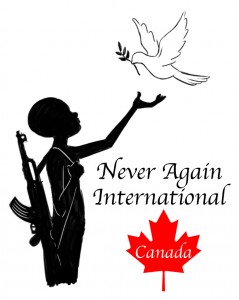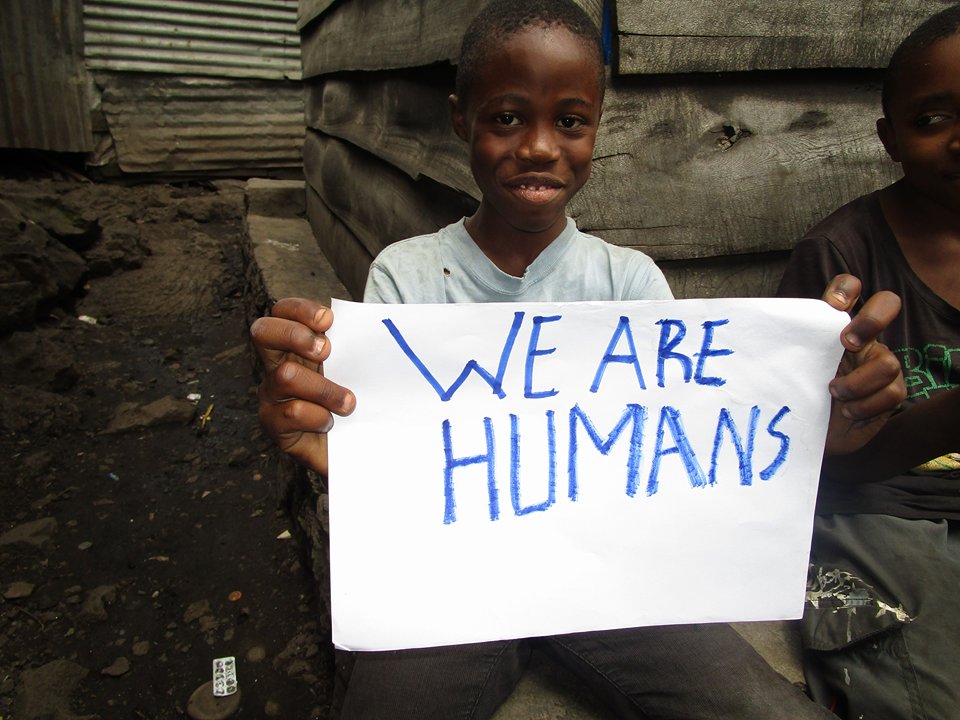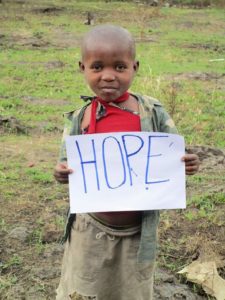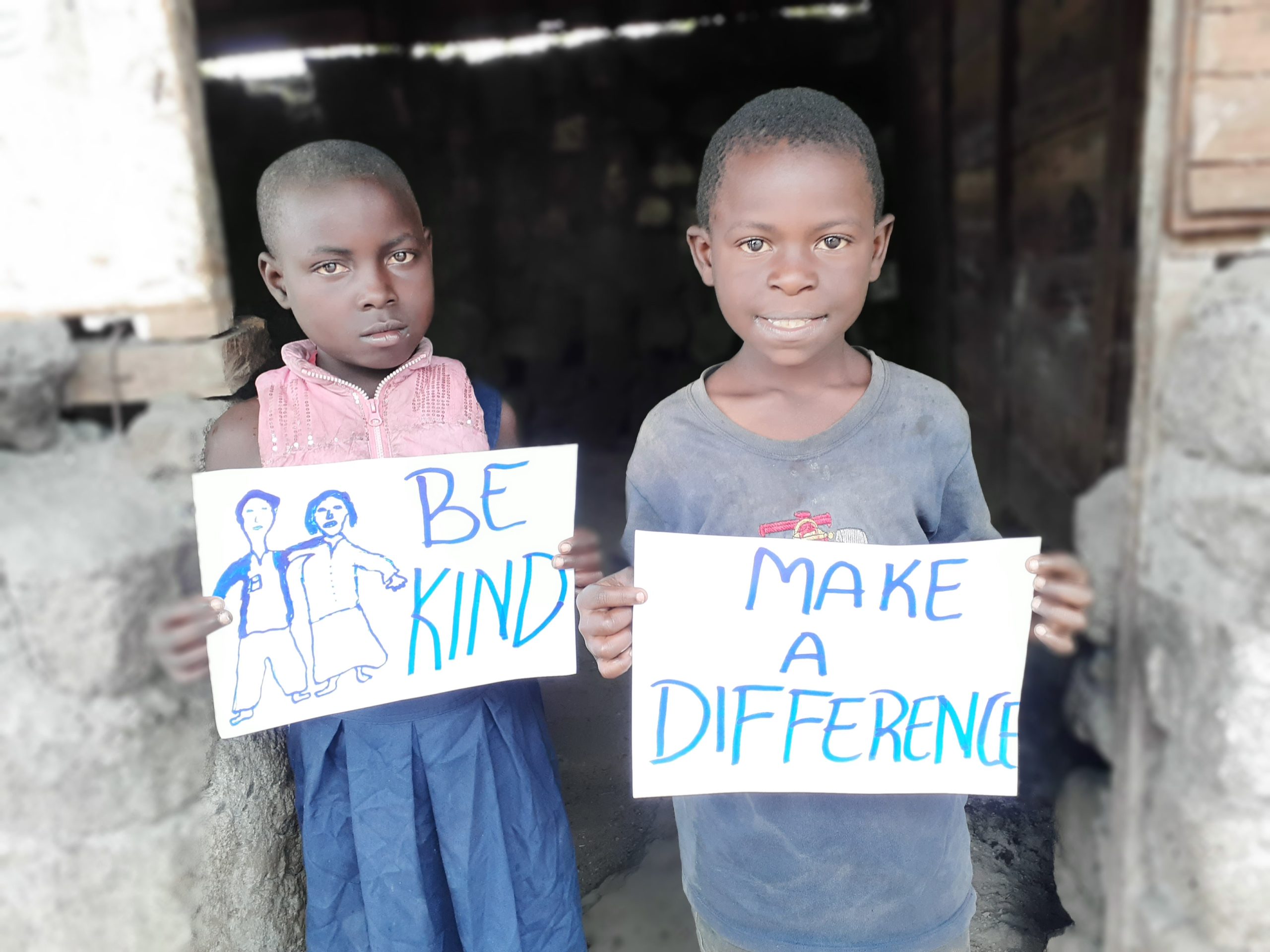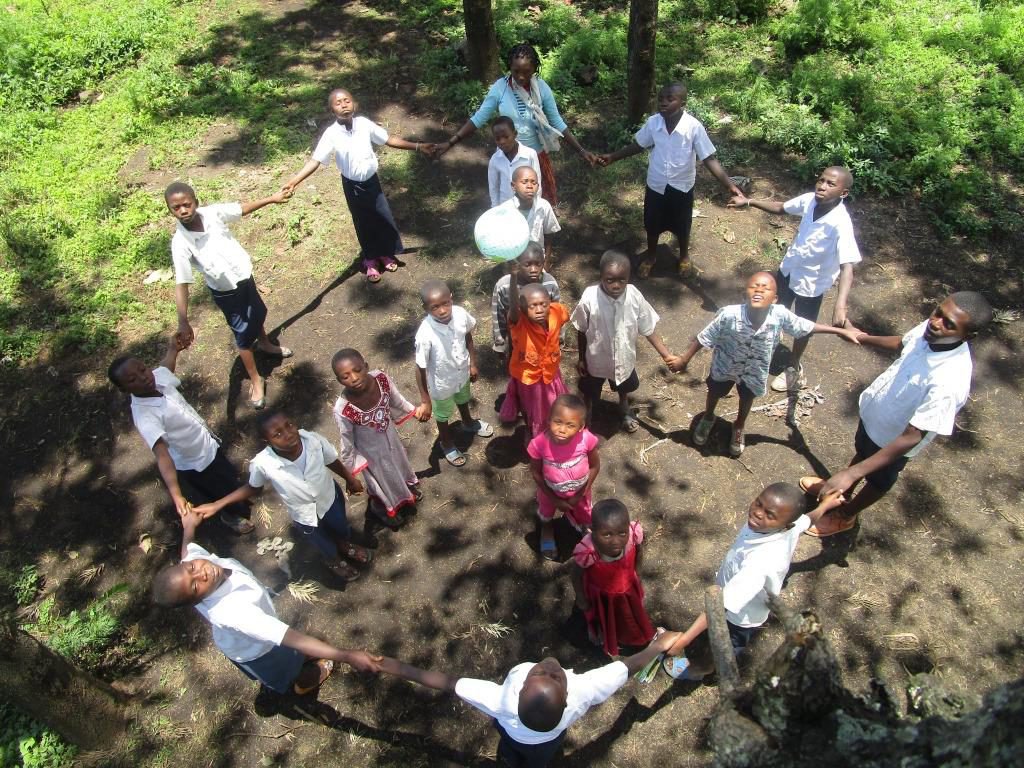What is Genocide? Who are Child Soldiers?
WHAT IS GENOCIDE?
Before 1944, no word existed in our vocabulary to describe a coordinated assault on a civilian population.
In 1944 Raphael Lemkin, a Polish legal scholar of Jewish descent who had fled Nazi-occupied Poland introduced the word “genocide” to give the crime a name.
Lemkin aimed to define the systematic murder and mass atrocities inflicted by the Nazis against the Jews.
Raphael Lemkin coined the word genocide to refer to “a coordinated plan of different actions aiming at the destruction of essential foundations of the life of national groups, with the aim of annihilating the groups themselves.”
The term “genocide” was created from the Greek word for tribe or race (geno) and the Latin word for killing (cide).
In 1945, When Raphael Lemkin advised that the United Nations adopt a treaty against genocide, he defined it as:
The crime of genocide should be recognized therein as a conspiracy to exterminate national, religious or racial groups. The overt acts of such a conspiracy may consist of attacks against life, liberty or property of members of such groups merely because of their affiliation with such groups. The formulation of the crime may be as follows: Whoever, while participating in a conspiracy to destroy a national, racial or religious group, undertakes an attack against life, liberty or property of members of such groups is guilty of the crime of genocide.
Following the Holocaust, in December 9, 1948, the United Nations adopted the Convention on the Prevention and Punishment of the Crime of Genocide. The Genocide Convention was the first human rights treaty approved by the General Assembly of the United Nations. The Convention highlights the importance of protecting national, racial, ethnic and religious minority groups from physical threats to their very existence.
The Genocide Convention defines “genocide” as an international crime. Countries that have signed the Convention agree to prevent and punish these crimes against humanity and mass atrocities.
The UN Convention defines genocide this way:
Genocide means any of the following acts committed with intent to destroy, in whole or in part, a national, ethnical, racial or religious group, as such:
- Killing members of the group;
- Causing serious bodily or mental harm to members of the group;
- Deliberately inflicting on the group conditions of life calculated to bring about its physical destruction in whole or in part;
- Imposing measures intended to prevent births within the group;
- Forcibly transferring children of the group to another group.
Despite the fact that the majority of nations have endorsed the Convention, humanity continues to face the threat of genocide. In the case of Rwanda, the international community knew but did not act. In 1994, the U.S. government and the international community failed to act to protect the people of Rwanda, resulting in over 800,000 Rwandans murdered in 100 days.
After the grave scale of the atrocities committed in Rwanda was finally understood, along with the knowledge that it could have been prevented with swift and decisive action from the international community, there was a pledge of “Never Again” to genocide.
The international community has the responsibility to respond to prevent grave atrocities. To make “Never Again” a reality, the youth need to call upon the international community to generate the political will to prevent genocide. All sectors of society need to be involved in order to build a sustainable world peace. Only by reaching out to the youth, general public the media, governments and policy makers can this goal be achieved. Leaders need to take action and develop a coordinated plan for peace to respond to future mass atrocities.

Never Again International – Canada youth mobilize to create public awareness to prevent genocide. The youth of Never Again International – Canada strive to educate government officials, civil society, the media and the general public to prevent mass atrocities and genocide. Through increasing public understanding, Never Again International – Canada hopes to avert mass atrocities. NAI-C youth work globally to galvanize their peers through education about the causes and effects of genocide and mass human rights violations. By creatively engaging in dialogue about building peace, youth are inspiring their peers and the international community to cultivate a culture of peace to make never again a reality and stamp out genocide.
Conversation with Genocide Survivor and Former Board Member Berthe
WHO ARE CHILD SOLDIERS?
Why do adults use children to fight their wars? That is the fundamental question we seek to answer in our global fight against the use of children in conflicts.
Never Again International – Canada is committed to ending the use of child soldiers everywhere. Many of our projects and campaigns aim to demobilize and reintegrate child soldiers back into society. By understanding the phenomenon of child soldiers, NAI-C seeks to finally end the practice in all societies.
The presence of child soldiers does not bode well for any community. As Romeo Dallaire once stated, the most identifiable warning tool that a society may undergo genocide is massive use of child soldiers.
A child soldier has been defined in one UN document as:
a person under the age of 18 who directly or indirectly participates in an armed conflict as part of an armed force or group.
While some children wield assault rifles, machetes, or rocket propelled grenades on the front lines, others are used in “combat support” roles as messengers, spies, cooks, mine clearers, porters and sexual slaves. It is not uncommon for them to participate in killing and raping. Today in most of the armed conflicts raging in the world, an estimated 300,000 children are active participants in combat. Unfortunately, over 50 countries currently recruit children under age 18 into their armed forces. Most soldiers under 15 years of age are to be found in non-governmental military organizations. The youngest child soldiers are only about seven years old.
How do children become soldiers?
In 1996, in a special UN report on the impact of armed conflict on children, Mrs. Graça Machel explained how children become soldiers:

“Hunger and poverty may drive parents to offer children for service or attract children to volunteer as a way to guarantee regular meals, clothing or medical attention. Some children become soldiers to protect themselves or their families in the face of violence and chaos around them, while others, particularly adolescents, are lured by ideology. Children also identify with social causes, religious expression, self-determination, national liberation, or the pursuit of political freedom, as in South Africa or the occupied territories.”
Never Again International – Canada supports the demobilization of child soldiers and provides them with employable skills so that they are not re-recruited by armed groups. NAI-C also presses both the government and the international community to look at the reparation package offered to former child soldiers. We provide them counselling and train former child soldiers and street children who have been separated from their relatives. NAI-C also provides computer training that allows former child soldiers to obtain employment.
Youth of Never Again International – Canada are learning how art can be a powerful instrument to educate about atrocity prevention and eradicating the use of child soldiers.

Never Again International – Canada youth in the Democratic Republic of the Congo gathered together to commemorate #RedHandDay, the International Day to End the Use of Child Soldiers. Youth used their creative talents to educate their peers about stamping out the use of child soldiers & to raise awareness about the effects of recruitment of children by armed groups.
 Preventing the conflicts of tomorrow means changing the mindset of youth today. ~ Graca Machel
Preventing the conflicts of tomorrow means changing the mindset of youth today. ~ Graca Machel
